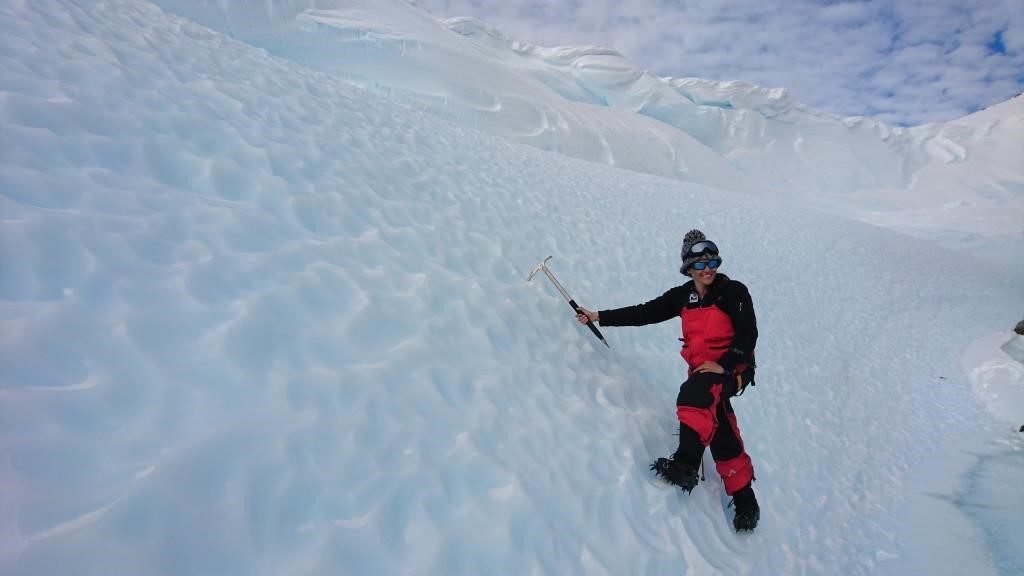Technology failed Scifest’s very first lecture on Wednesday when Antarctic adventurer Danielle Taljaard was almost silenced by a power outage. With no visuals and little light, Taljaard’s eager audience came to the rescue. Their questions about how she lives and works on a block of ice where nothing moves in winter, plus a well-placed cellphone torchlight, meant the show could go on.
A radar engineer’s day (and night) job
by Sphumelele Ndlovu
A radar engineer, Taljaard explained, studies the movement of energy from radiation to pick up patterns that lead her to more accurately predict weather and the occurrence of solar storms. In the case of the South African National Space Agency (SANSA), the patterns picked up from the data are used to alert airplanes that are in contact with the atmosphere of the dangerous effects of solar storms.
To do this, Taljaard and her colleagues use the SuperDARN (Super Dual Auroral Radar Network), a network with high frequencies that picks up energy from the sun thus predicting the frequency of solar storms. For this reason, Antarctica – “the window to geospace” – is the perfect research location because it is where magnetic fields are strongest, providing more accurate data.
To become a radar engineer, Taljaard studied towards a Bachelor of Electronic Engineering at the University of Pretoria after matriculating with eight distinctions including mathematics, physical sciences, engineering and graphics design.
Taljaard’s full presentation is available in full on www.scifest.org.za.
What do you mean, eat fresh veg?
By Ikhona Mvaphantsi
Danielle Taljaard spent 15 months in Antarctica and she’s been home for two weeks now but she’s not had a haircut since she left. For most of her time there she ate food that was frozen, canned or dried as fresh fruit and vegetables were a luxury that lasted only a few months.
Intensive training for a month before departure equipped her well for the long stay on the “windiest, coldest and driest place on earth”. Along with nine other team members, the adventuring scientists learned to cook, climb, administer first aid and drive on Antarctic ice. What the training does not include, however, is a manual on interpersonal relations and tips on how to survive with nine strangers in the middle of nowhere. “You soon learn that holding grudges is not going to help and we commit to sitting together for supper and share our thoughts and feelings,” Taljaard said.
She was one of just two women in the team of 10 (the second woman was team leader). According to Taljaard, this proves that women are recognised as pulling their weight and have proved themselves in this field.
Antarctica has no indigenous population and there is usually up to 4 000 people there in summer and about 1 000 in winter when temperatures drop to minus 35 degrees. For about two months days consist of 24-hour darkness, while summer days are 24 hours of sunlight. During this time if you are lucky you can see a few birds.
Interested in electronic engineering?
According to the University of Pretoria website, applicants need at least 70% in maths and physical sciences, at least 60% for languages and at least 50% for life orientation, with a minimum of 35 admission points.


